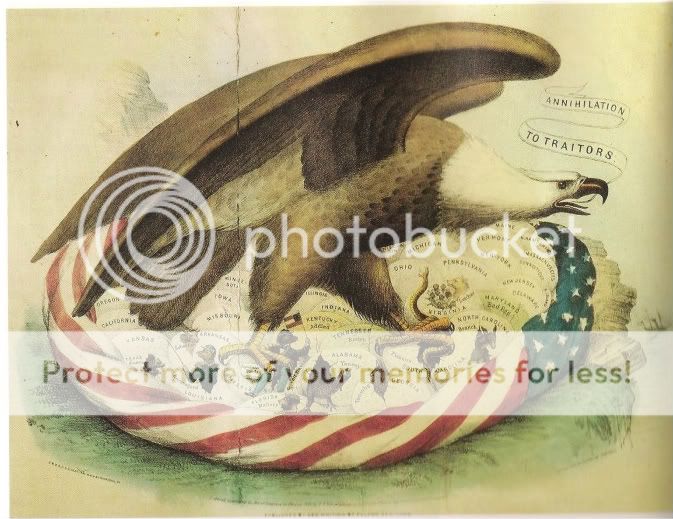It's the summer of 1863, more than two years into our nation's devastating Civil War, and the stakes have never been higher. The Confederate Army of Northern Virginia, led by Robert E. Lee, crosses into Pennsylvania. Trailed by the Union's Army of the Potomac, Lee's 75,000-strong army heads toward Harrisburg, but the forces meet instead near Gettysburg, a quiet farm town that would become synonymous with the epic battle that all but decided the outcome of the American Civil War.
For three long days, the two sides clashed in one of the war's bloodiest engagements to decide the ultimate question: Would the United States of America survive?
Executive produced by Ridley and Tony Scott, GETTYSBURG strips away the romanticized veneer of the Civil War to present the pivotal Battle of Gettysburg in a new light--a visceral, terrifying and deeply personal experience, fought by men who put everything on the line in defense of their vision of the American future. Cinematic in scope, GETTYSBURG is an information-packed look at the turning points, strategic decisions, technology and little-known facts surrounding the battle. Developed in collaboration with highly esteemed Civil War historians, GETTYSBURG reflects hundreds of individual accounts of the battle--the unique voices of struggle, defeat and triumph that tell the larger story of a bitterly conflicted nation.

















